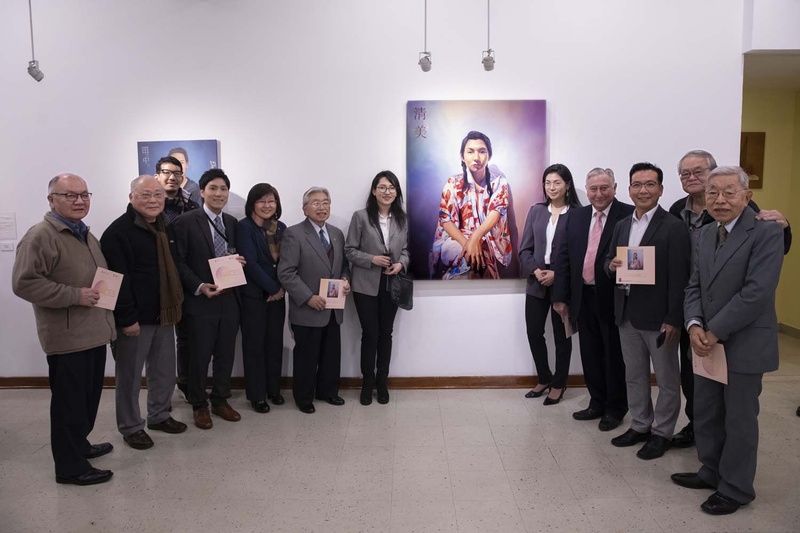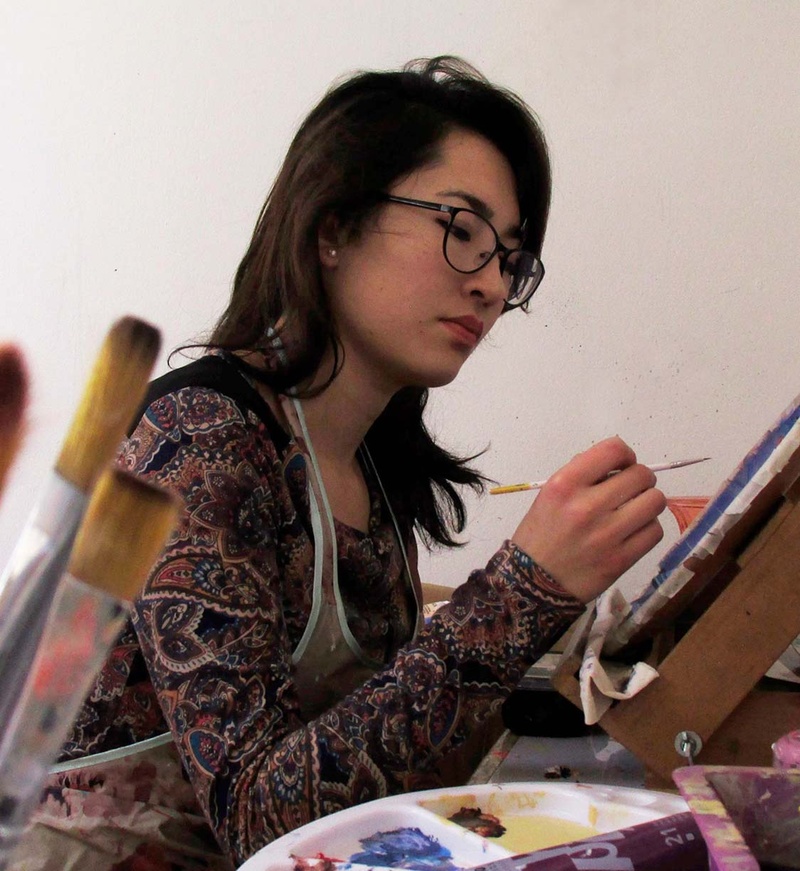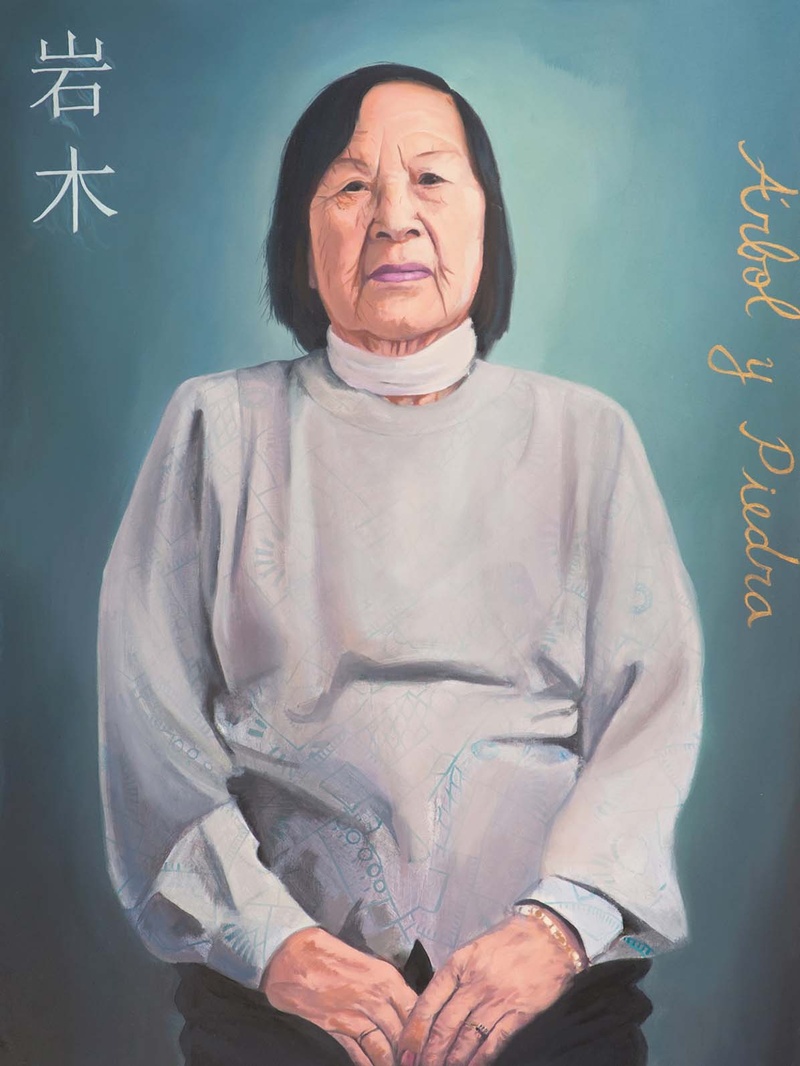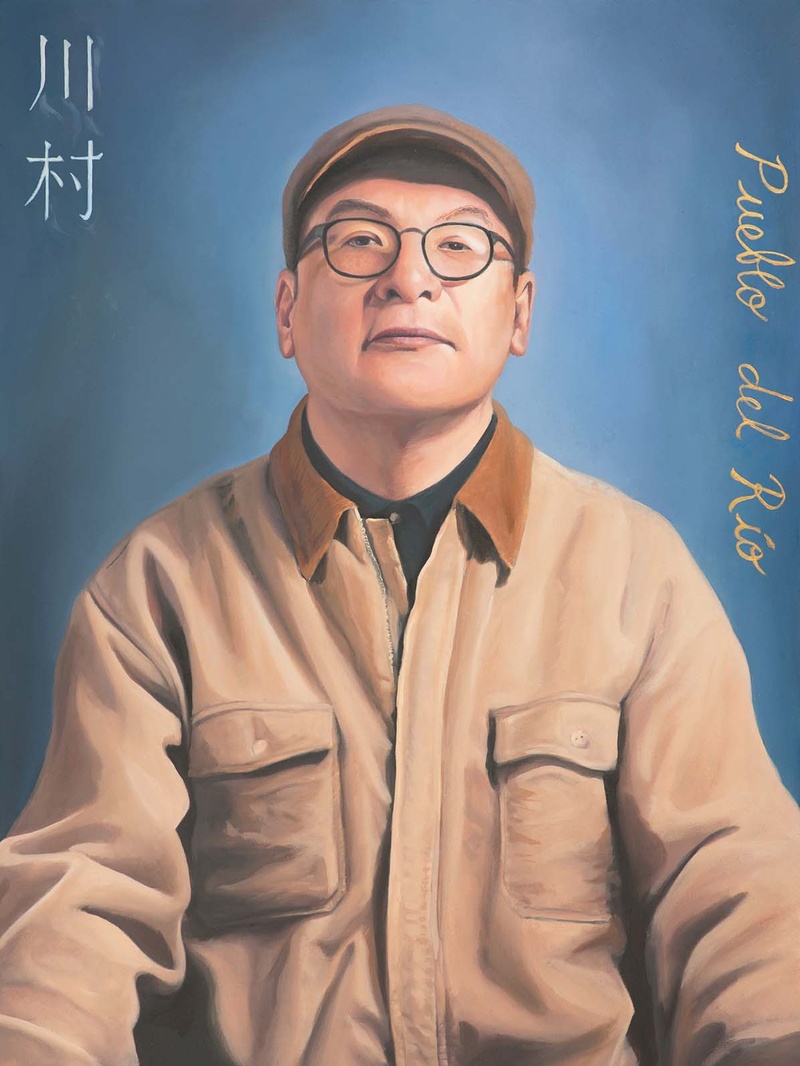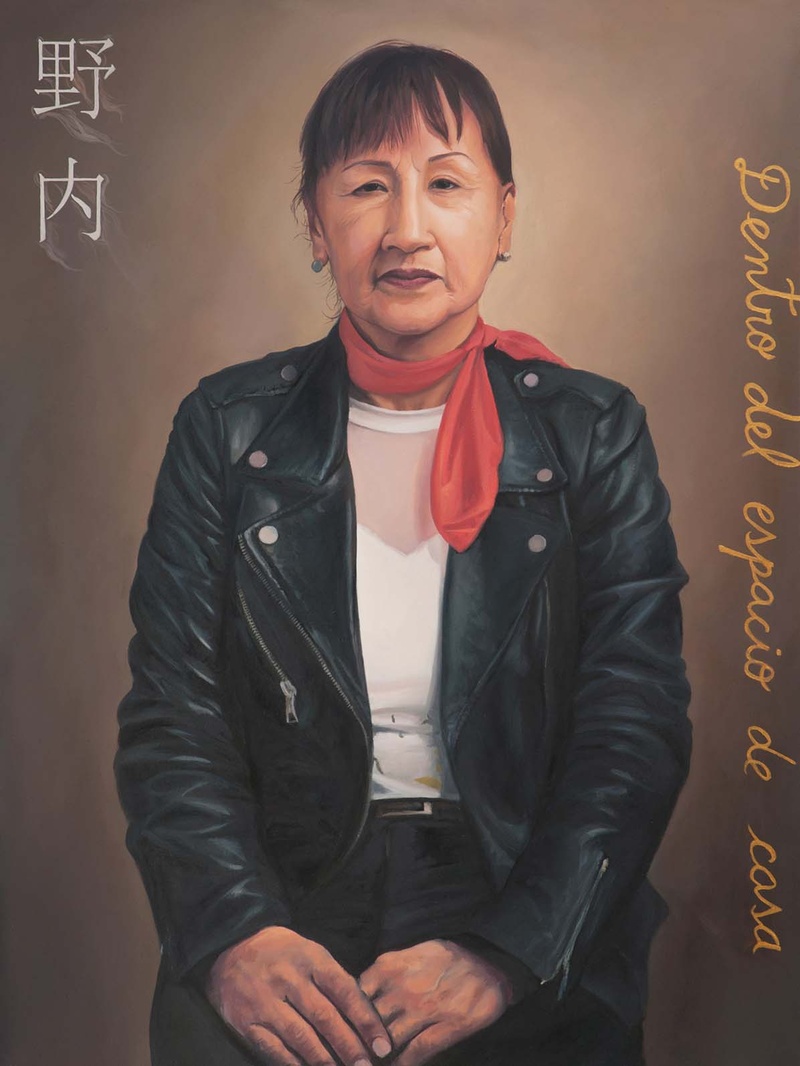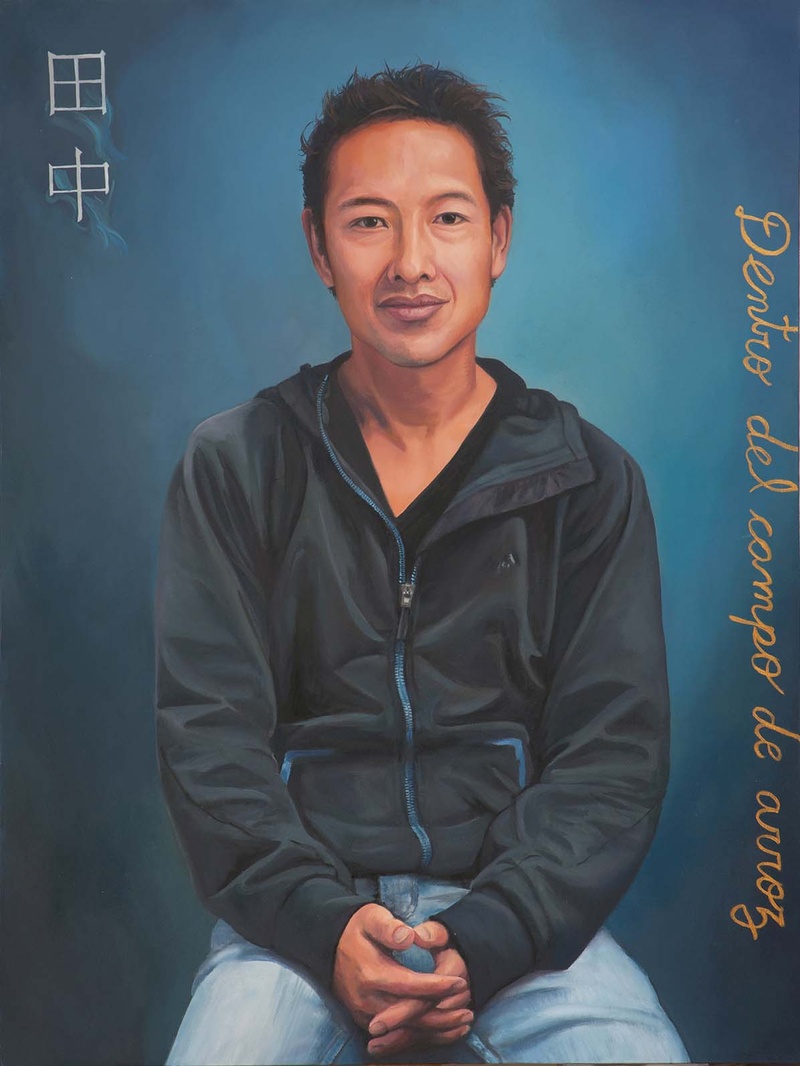Andean Japanese cultural syncretism. Broad horizons opened up for Harumi Suenaga García when two years ago she decided to choose a path in which the exploration of her ethnic origins and art converged.
It was 2017, he was studying at the Diego Quispe Tito University, in Cusco, in the last year of his art degree, and was looking for a topic for his thesis.
Granddaughter of the president of the Peruvian-Japanese Association of Cusco, student and teacher of the Japanese language, from Cusco by birth and residence, Harumi began a long process of investigation into her identity with a portrait of her sister — dressed in a kimono .
The young artist participated in a call for artistic projects from the APJ with a series of works on syncretism. From a meeting with the visual artist Haroldo Higa, promoter of the Nikkei Young Art Salon, the idea of including the descendants of Japanese settled in Cusco in his project was born.
Taking her sister's portrait as a reference, Harumi contacted other Nikkei from Cusco to create portraits of them. This is how the “ Raíces ” exhibition was born, which opened in Cusco and later arrived in Lima.
RECOGNIZE OURSELVES, ACCEPT OURSELVES AND REVALUE OURSELVES
Eleven oil paintings were part of “Raíces.” Eleven Nikkei from Cusco agreed to be photographed and join Harumi's journey of ethnic self-exploration. For them it also meant knowing their origins better. To revalue her ancestors, the artist placed the meaning of the Japanese surnames of those portrayed in a corner of the paintings. Some were unaware of it.

“It is an introspective process. I try to talk about myself, about how I am seeing my identity. I try to assimilate it. It is a process of adaptation between two cultures: the Japanese and the Andean, which I try to express by also seeing other descendants who go through the same process,” he says about his project.
The exhibition had a special relevance because it was held in the midst of the celebrations for the 120 years of Japanese immigration to Peru. “I wanted to do something commemorative,” Harumi reveals.
The experience in Lima was positive. It allowed him to spread his history and that of his community, as well as expand the Nikkei Lima imagination beyond the capital.
Setting up an exhibition focusing on Cusco people of Japanese descent was also a valuable effort to draw attention to the small Nikkei community in Cusco and motivate its members to reaffirm their bicultural identity, as in her case.
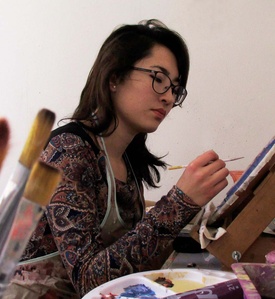
Harumi had references for most of the people portrayed because they are friends of her family, but painting them allowed her to learn to know them. For her, painting them was a way to tell her story and express her roots in Cusco society as descendants of Japanese. It was about “knowing ourselves, recognizing ourselves and showing ourselves.”
What she highlights most about the entire experience was “sharing this process of searching and investigating my Japanese origins with my family, friends and the general public, with the aim of recognizing, accepting, revaluing ourselves and making the history of immigration known. "Japanese in Peru and also in Cusco."
One story that particularly impressed her was the one Carlos Nishiyama Andrade told her about his father, the renowned Cusco photographer Eulogio Nishiyama González, who met the famous Japanese painter Tsuguharu Foujita during his visit to Peru. Foujita gave him a camera that awakened his vocation for photography.
His favorite portrait is that of his sister. She was the genesis.
THE PROCESS CONTINUES
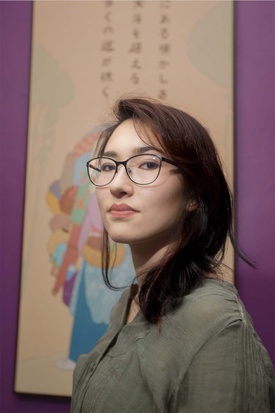
Harumi says that her grandfather, the son of a Japanese immigrant, moved from Lima to Cusco in the mid-20th century. In Cusco, the Suenagas were pioneers in the bodywork business. His grandfather, Héctor Suenaga, is president of the APJ of that city. The artist remembers that her father took her sister and her to community meetings when they were girls.
His family is very involved in his artistic development and, specifically, in “Raíces”. While his mother Mónica highlights the resemblance of those portrayed with her works, her sister Kiyomi identifies with them and with her interest in the investigation of their origins. Your dad Carlos? “I think it's a way to find myself in a long process of self-knowledge.”
Harumi cares about keeping her Japanese cultural heritage alive, reaffirming her identity. “I try to revalue that, the way of thinking, the values, the expressions that seem very polite to me,” he says.
The Japanese language is a way to maintain and strengthen connection. Helping JICA (Japan International Cooperation Agency) volunteers is another. And paint, of course. The process of self-exploration continues. Harumi will participate in next year's Nikkei Young Art Salon. Her roots continue to call her.
* This article is published thanks to the agreement between the Peruvian Japanese Association (APJ) and the Discover Nikkei Project. Article originally published in Kaikan magazine No. 121, and adapted for Discover Nikkei.
© 2019 Texto y fotos: Asociación Peruano Japonesa



